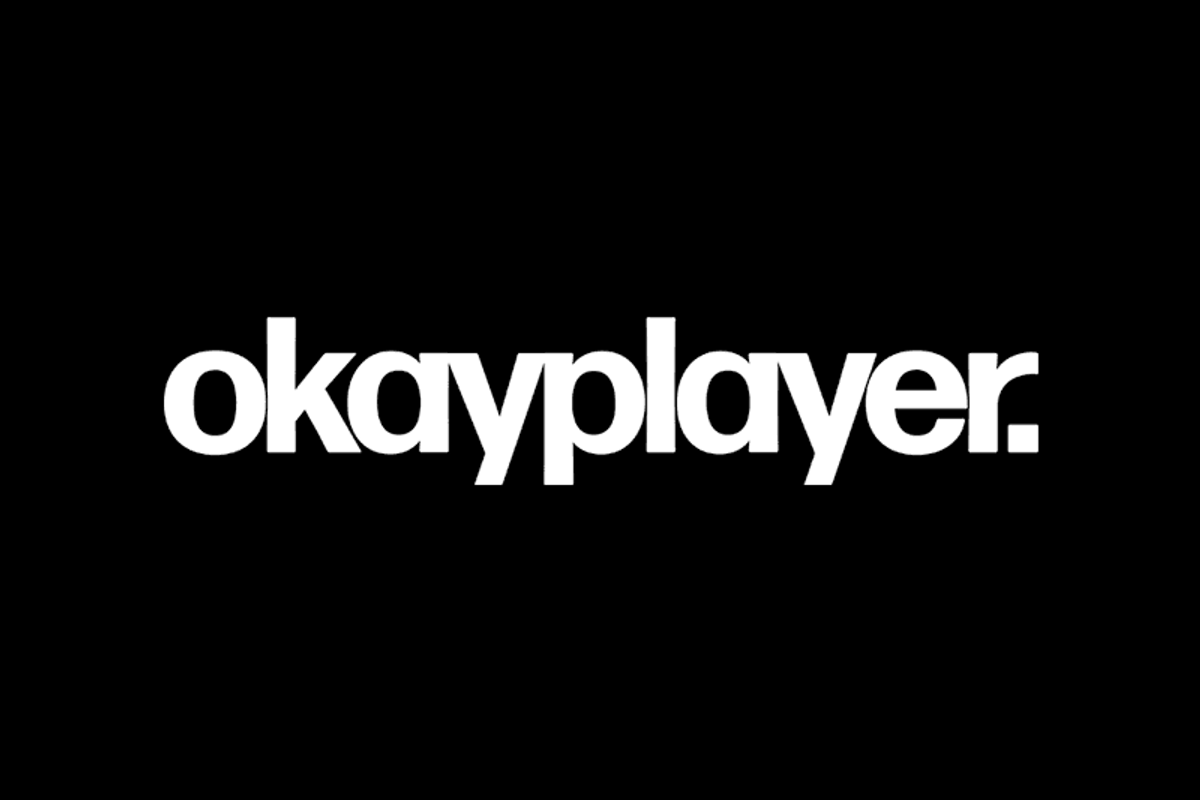
Thelonious Monk jams with Hall Overton in an exclusive clip from the new Jazz Loft documentary
To continue reading
Create a free account or sign in to unlock more free articles.
By continuing, you agree to the Terms of Service and acknowledge our Privacy Policy
Register
The content is free, but you must be subscribed to Okayplayer to continue reading.
THANK YOU FOR SUBSCRIBING
Join our newsletter family to stay tapped into the latest in Hip Hop culture!
Login
To continue reading login to your account.
Forgot your password?
Please enter the email address you use for your account so we can send you a link to reset your password:

Ever wished you could travel back in time to be a fly on the wall at a loft party where Thelonious Monk noodled on the piano to provide the entertainment while Salvador Dali scribbled masterpieces on a cocktail napkin and argued about the meaning of life over a glass of whiskey? Set your Delorean to "Jazz Loft, circa 1959." In the New York of present day, it’s hard to imagine a Midtown commercial space being so underused that for eight years, a rotating cast of jazz musicians could use it as a drop-in center to collaborate and make noise together while the rest of the city slept. And yet, from 1957 to 1965, that’s exactly what took place 821 Sixth Avenue, the subject of a new documentary, The Jazz Loft According to W. Eugene Smith.
The Jazz Loft has a simple enough premise: during these years, artists and musicians had begun to take illegal residence in a commercial building in Chelsea’s Flower District neighborhood. At night, legends such as jazz musicians like Monk, Hall Overton and on a particular occasion, pioneering surrealist artist Dalí, (among many creative giants), would gather at composer Hall Overton’s loft to hang out and jam; by daybreak, the streets that surround the intersection of Sixth Avenue and West 28th Street would open into full bloom as the city’s flower district opened up for business with new deliveries. And because the area was not zoned for residential purposes, there was no one to call and complain about the noise and cigarette smoke emanating from the loft at the latest and earliest hours of the day.
The Jazz Loft is equally a film about the man who documented all of this, the once-revered and groundbreaking Life Magazine photojournalist W. Eugene Smith, as it is about the musicians and the sessions they performed. Delving into his personal and professional life, Smith emerges as an artist so committed to his craft he bordered (and often crossed into) obsession. Leaving his wife and children in their home in upstate New York to dedicate himself fully to his photography, Smith set up shop at 821 Sixth Avenue just as things started to heat up.
Smith painstakingly documented the goings-on at 821 Sixth Avenue during these years. Overton was Smith’s next door neighbor and landlord, and the creative vibe of the building was such that Smith was able to hang out whenever he wanted, obsessively recording and photographing everyone who entered Overton’s space - increasingly, even at the expense of his own professional work.
Installing microphones through the walls and ceilings of his own loft into Overton’s next door, what Smith recorded and left behind comprises the bulk of the film, and are what makes it more than just an interesting portrait of an eccentric photographer. These images and tapes reveal an intimate portrait of the kind of mythical New York creative underground that continues to at least metaphorically define the city and its magical lure for artists.
Watch Thelonious Monk and Hall Overton Improvise Below In this Exclusive Preview:
The Jazz Loft smartly saves the storyline that will engage most viewers for its finale - the three weeks spent by Thelonious Monk arranging and rehearsing what would become one of jazz’s iconic recordings, “Thelonious Monk and his Orchestra Live at Carnegie Hall.” Interwoven with Smith’s original footage are interviews with session players who played as Monk’s orchestra. In one particularly poignant moment, a horn player recalls having much difficulty translating Monk’s rapid and vocal style of piano playing to his own instrument, despite being a known and skilled player. Instead of calling him out, he recalls, Monk called a break from rehearsing and played the original record back. As it played, Monk danced along wordlessly with the notes, and the player was able to follow along and pick up the arrangement, noting “that's the kind of teacher he was.”
As the years passed and the 1950s turned into the 1960s, Smith became increasingly obsessive about his ongoing projects, with each assignment taking longer and longer for him to complete and edit. But even as the established industry of photojournalism became less patient with his inability to play by the rules of their world, his secret tape machines and the constant motion of his shutter continued to document the experience of the loft 821 Sixth Avenue. Where on premise alone, The Jazz Loft could have been an informative but dry look at this period such a long time gone from New York’s present reality, it succeeds by weaving in the stories of Smith’s family and contemporaries, as well as the many players that experienced the loft in its heyday. Smith’s beautiful photographic technique shines in the film, underscored by the inescapable feeling that New York really once was a place where artists could struggle and thrive together in the untapped cracks of the urban landscape - an idea that feels distant at best today.